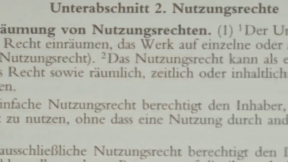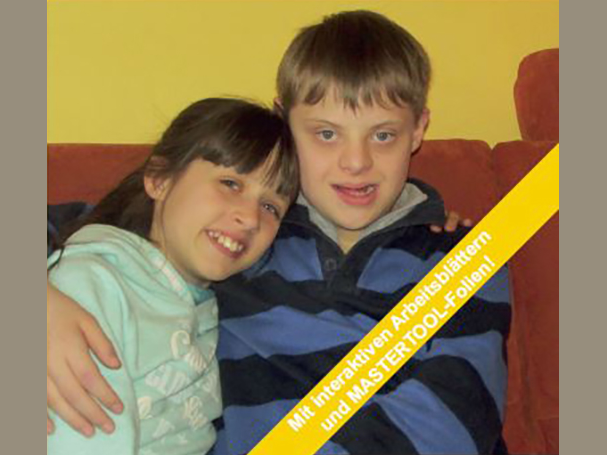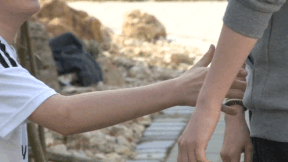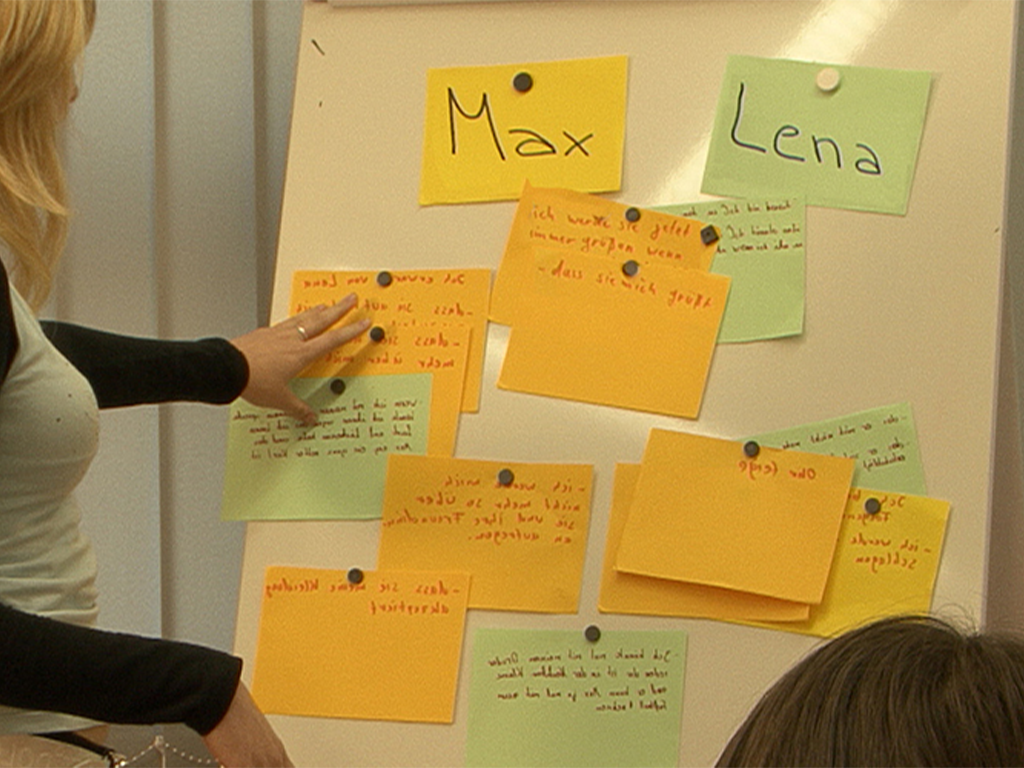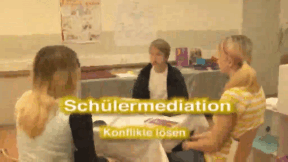 Biologie, Gesellschaft
Biologie, Gesellschaft

4675575 / 5563719
Vegane Ernährung
Auch für Kinder?
Familie Böhning lebt seit zwei Jahren vegan. Auch unsere Reporterin versucht, „Vegan“ in ihr Leben einzubinden. Der Film begleitet sie und Familie Böhning im Alltag, stellt Fragen und zeigt Probleme. Die vegane Lebensform wird unterschiedlich interpretiert und gelebt: Entweder werden alle Nahrungsmittel tierischen Ursprungs oder aber die Nutzung von Tieren und tierischen Produkten insgesamt gemieden. Aber wie passen die Themen Vegan und Kindererziehung zusammen? Viele Ärzte halten eine bewusste und ausgewogene vegane Ernährung auch bei Kindern für unproblematisch. Offizielle Stellen hingegen sehen Risiken einer Mangelernährung in verschiedenen Lebensphasen, wie Schwangerschaft, Stillzeit, Wachstum und Alter. Markus Böhning, Veganer: „Ich habe früher immer gesagt, Vegan könnte ich mir niemals vorstellen. Aber dann haben wir gesagt, 30 Tage halten wir das durch und da war ziemlich schnell klar, das ist ja so vielseitig und so lecker. Man beschäftigt sich neu mit dem Essen und vorher verliert man ja das Verhältnis zum Essen.“ Gemeinsam mit dem Begleitmaterial ist der Film sehr gut für den Einsatz im Unterricht geeignet.
Trailer abspielen
Lehrplanzentral und an den Bildungsstandards orientiert
Passend dazu
Copyright
Copyright is subject to constant change to keep up with technological advances. This film enables the viewer to grasp the basic principles of this extremely intricate matter. By way of introduction, the film defines what an author is, what kinds of works there are and how long a work is protected on principle. Then the fundamental rights of an author are cited and it is shown how these are exploited in our times. In the third chapter, the respective rights are illustrated by way of practice-oriented examples of books, photos, music and films. Here, of course, an emphasis is laid on the field of education, taking into account the latest case law within the EU and Austria in particular. A further chapter highlights the problems arising with the Internet and goes into the citation law and pirate copies. All in all, in this way the viewer is made familiar with the most important basic terms and their meanings. Comprehensive worksheets and additional accompanying material invite us to deepen our knowledge of the subject.
Peer Mediation
Lena and Max attend the 7th form. Max is new in class. During a break, Max notices that Lena and her friend are laughing at him again. Max loses his temper! He slaps Lena in the face. That hurts and Lena runs back into the classroom with a red cheek. The growing conflict between the two has escalated. Just like Lena and Max, every day pupils all over Germany have rows with each other. At the Heinrich Hertz Gymnasium in Thuringia, pupils have been trained as mediators for years. At set hours, they are in a room made available by the school specifically for mediation purposes. The film describes the growing conflict between Max and Lena and shows a mediation using their example. In doing so, the terms “conflict” and “peer mediation” are explained in a non-technical way. The aims of peer mediation and its progress in five steps as well as the mediators’ tasks are illustrated. The art of asking questions and “mirroring”, which the mediators must know, is described and explained. Together with the comprehensive accompanying material, the DVD is a suitable medium to introduce peer mediation at your school, too.





